
Before starting this post, it is important to add that this applies to all parents and anyone who is parenting a child in all of the various forms that encompass. I am just a mom so I approach all things through my mom lens and now a PhD mom.
I became a mom almost 3 years ago. As an older mom (I was 35 when my daughter was born), with over 10 years of teaching experience, I naively thought I would have a different experience as a mother. I was fantastic with children and knew how to motivate and engage even the most challenging personalities. I quickly learned none of that mattered with my own child and nothing I had used before was going to work.
When my daughter was just a week old, we took her to take newborn pictures and after the photo session was complete, our photographer said, “I don’t want to alarm you, but I think your daughter may have acid reflux. She cannot seem to get settled and she appears uncomfortable.” My first thought was, How could she know that? My daughter didn’t spit up or show any of the usual signs of acid reflux. Regardless, after many nights of endless screaming and pain (for all of us), we mentioned this to our pediatrician and shared more about the constant crying and screaming. Sure enough, our daughter had “silent” acid reflux (definitely not silent as in side effects, but silent as it does not exhibit the same signs as traditional acid reflux). I was grateful she was not physically sick, but I knew she was in pain. We ended up putting her on acid reflux medicine and things got better quickly. I just couldn’t watch her in pain any longer.
Being a mom is hard. Being a mom of a 1-year-old is hard. Being a mom of a 2.5-year-old is hard. Friends I know with children that are 5, 12, and 19 all say being a mom is hard. It is worth it, but I have a long way to go before it gets easier.
Knowing this, a little over a year ago, when I realized I had an amazingly brilliant, talented, beautiful, strong willed, stubborn, 1.5 year old, as I always did when I faced a situation in my classroom I did not know how to tackle, I turned to experts on parenting to help me be a “better mother.” What I found was a lot of judgments splattered with a few understanding words of wisdom.
I was shocked at the number of blog posts with perceivably judgmental messages; “Why we NEVER use time out in our house” (capitalization added by them, not me), “What you are doing to cause your child not to sleep.” What? How do they know what works for my child? My child is not like their child. I found myself comparing my child and parenting style to theirs and feeling like a failure on all fronts. I am not saying these authors were trying to make other moms feel bad, I am sure they were trying to help others, but my heart hurt as I read these posts, wishing I could be like them. I was forgetting the feeling of true amazement and joy I felt the first week I brought my beautiful gift from God home and was instead letting Satan steal my joy as a mother. (My husband continually told me to not read these posts, but I did not know where else to turn.)
I already felt guilty enough since after only being a mom for 10 months, I went from a stay at home mom to a full-time Ph.D. student, I did not need to feel worse. When I would stop and assess my feelings, I was always amazed at how easy it was to feel accomplished and successful as a student, with checklists, and schedules, and resources to guide me, but regardless of how diligent I was at making checklists, and schedules, and reading resources for being a mother, it never got easier. At that point I knew, being a mom is harder than getting a Ph.D.
For some reason, it is okay to admit when I am struggling as a student or have an episode of “imposter syndrome” but when it comes to being a mother, I must clean up the clutter before taking a picture for Facebook or buy my child things at the store so we can make it through without a scene (I have gotten over this one, but partially because I do not want more stuff to clean out of the way before taking Facebook pics).
When I finally reached my breaking point, I stopped to reflect on why getting a Ph.D. was so much easier than being a mom and I came to the following reasons:
- While getting my Ph.D., I have a chair. Someone who has been in exactly my same place and knows the resources to get me where I want to be. We have lengthy discussions about my goals and how I will achieve those goals. While my chair is also a mom (of twins…arguably more difficult than my only child), her boys are different than my daughter and there are many variables at play. Also, we talk mom stuff, but not near to the extent that we talk academia.
- While getting my Ph.D., I have a support group of amazing friends I take classes with, study with, and cry with. Many of my friends are moms, and we talk about mothering things, but we are focused on academia and graduating at some point.
- I don’t really advertise my academic life. Very few people know what I am working on or my ups and downs, and even if they did, fewer people have an opinion or insight to share. As a mom, I feel more compelled to talk about what is going on in my life (this is not necessarily good or bad, just a reflection) and more often, people who know very little about me, feel the need to share their opinion. I’m not saying I do not want people to comment, but when I walk through the grocery store and my daughter kicks off her shoe, why does someone feel the need to tell me that if I did not put my child in flip flops that are uncomfortable, she would not kick them off.
My reflection has taught me that as moms, we need LESS judgment. If your child sleeps through the night, responds to other strategies besides spanking and time outs (neither of which work for my daughter, or time ins, or talking, or anything some days), count your blessings and focus on the joy in your life. Being a mom is the hardest thing I have ever done and will probably ever do, so I need to worry about myself and my family and not spend my precious time worrying about others. It is one of those moms unite kind of moments…support fellow moms. Be someone’s chair as a mom, their support group, their place to talk, share fears and successes, cry, and laugh. As moms, we deserve it!
And even on those days when we lose it and nothing we try has worked, remember it is okay if on the way back from a somewhat difficult family trip to give your child the iPad, and sit back for a few moments of necessary peace even though everything in you knows you should be doing alphabet flash cards or findings green things as you look out the window. Finding Dory has plenty of things your child needs to learn as well, right?
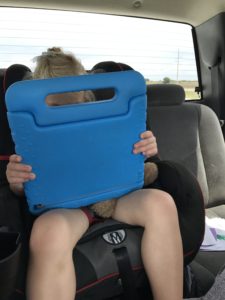
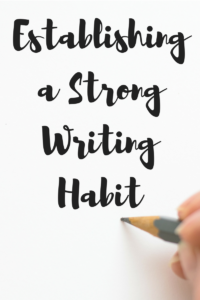

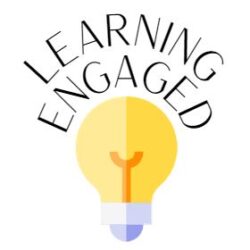


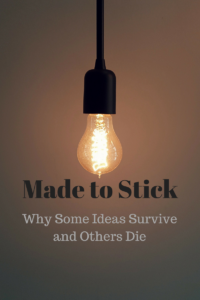


 Just this past year, I enrolled in an online course for my degree. I was excited about the course and what I was going to learn that I knew would help me in my future. After the first week of assignments, we learned the rest of the course would be group work and we were all put into groups and had to complete the remainder of the course with our small groups. Did I mention it was an online course? My group mates were all over the United States and there was no way for us to meet in person to work. So, we used Google Hangouts, Google Docs, and a lot of emails. Long story short, it was miserable. One of my group members did basically nothing, and being an overachiever and a perfectionist, I ended up doing 60+% of the work in a group of four. It wasn’t that the other two group members didn’t try, but I did not have time to wait until the last minute to complete an assignment. I put things on my
Just this past year, I enrolled in an online course for my degree. I was excited about the course and what I was going to learn that I knew would help me in my future. After the first week of assignments, we learned the rest of the course would be group work and we were all put into groups and had to complete the remainder of the course with our small groups. Did I mention it was an online course? My group mates were all over the United States and there was no way for us to meet in person to work. So, we used Google Hangouts, Google Docs, and a lot of emails. Long story short, it was miserable. One of my group members did basically nothing, and being an overachiever and a perfectionist, I ended up doing 60+% of the work in a group of four. It wasn’t that the other two group members didn’t try, but I did not have time to wait until the last minute to complete an assignment. I put things on my 




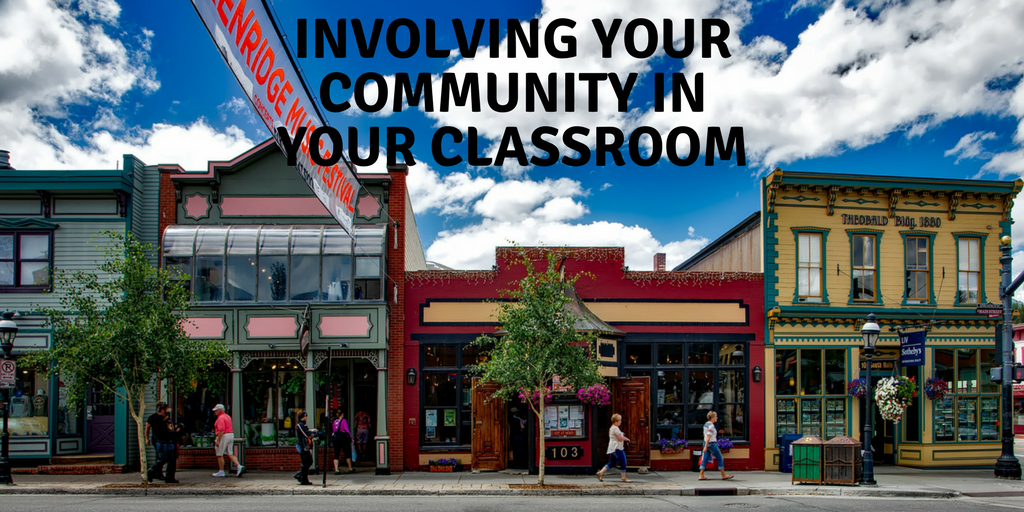



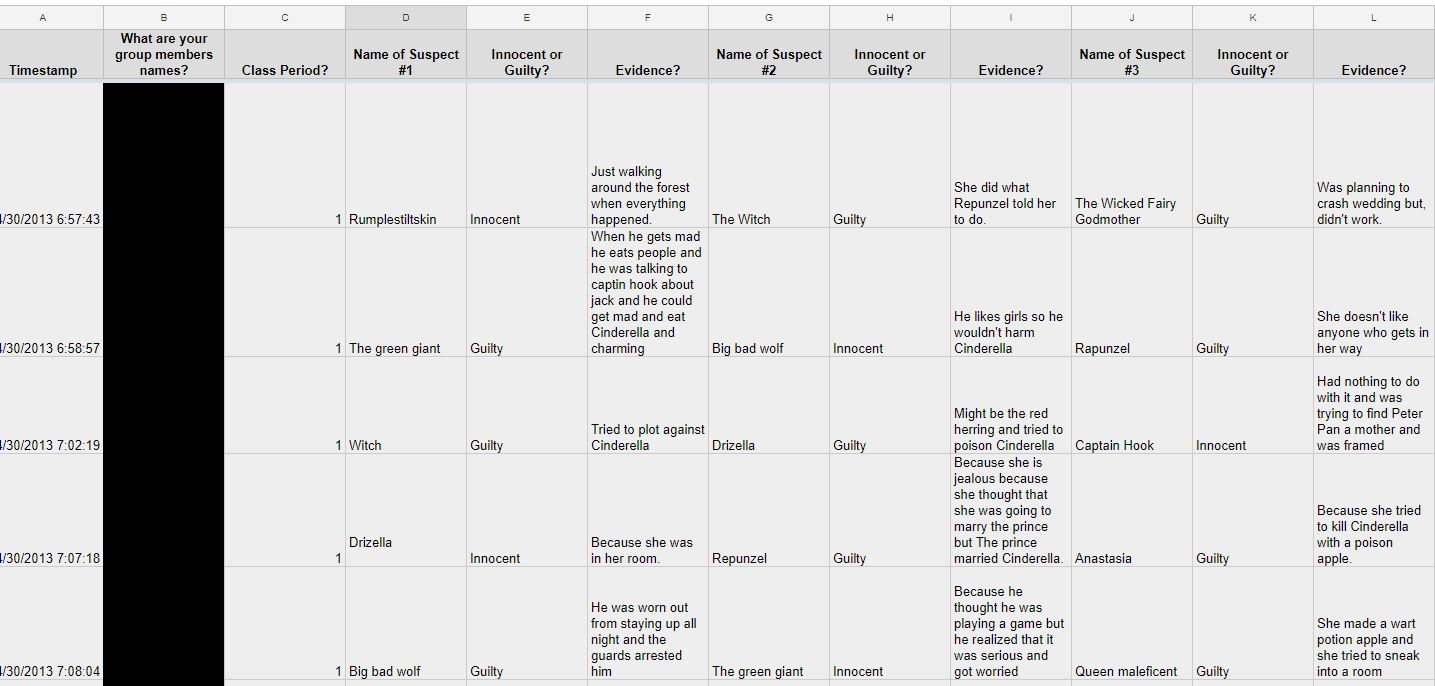
 I hope your students love it as much as mine did.
I hope your students love it as much as mine did.